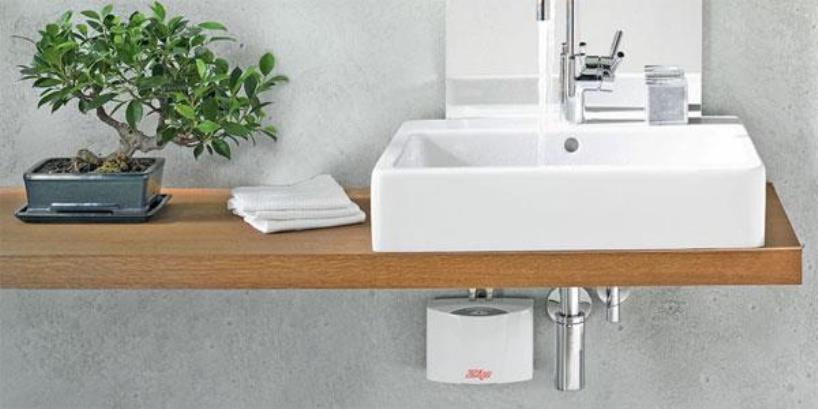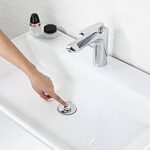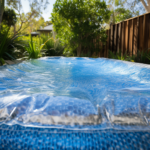How to get instant hot water under sink?Instant hot water under your sink means having hot water at your disposal immediately without waiting for it to heat up. This can be achieved through several methods, each with its own advantages and considerations. We’ll explore the different options available, the installation process, costs, and maintenance tips.
Methods to Achieve Instant Hot Water
1. Point-of-Use Tankless Water Heater
Description: Point-of-use (POU) tankless water heaters are small, electric units installed directly under the sink. They heat water on demand, providing a continuous supply of hot water.
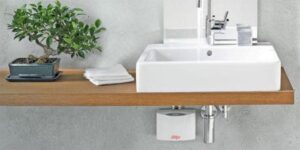
Advantages:
- Energy Efficiency: Heats water only when needed, reducing energy consumption.
- Compact Size: Fits easily under the sink without taking up much space.
- Unlimited Hot Water: Provides a constant flow of hot water as long as the tap is open.
Considerations:
- Initial Cost: Higher upfront cost compared to other methods.
- Electrical Requirements: Requires a dedicated electrical circuit.
Installation Process:
- Choose the Right Unit: Select a POU tankless water heater based on your hot water needs (measured in gallons per minute or GPM).
- Electrical Setup: Ensure there is a dedicated electrical outlet under the sink. Consult an electrician if one needs to be installed.
- Mount the Heater: Use the provided brackets to mount the unit securely to the wall or cabinet under the sink.
- Connect Water Lines: Attach the inlet water line to the cold water supply and the outlet to the hot water faucet.
- Power Up: Plug the unit into the electrical outlet and test the system.
2. Under-Sink Hot Water Recirculating System
Description: This system involves installing a small pump and a return line to circulate hot water from the water heater to the sink, ensuring hot water is always available.
Advantages:
- Reduced Water Waste: Provides instant hot water without wasting water.
- Convenience: No need to wait for water to heat up.
- Compatibility: Works with existing water heater systems.
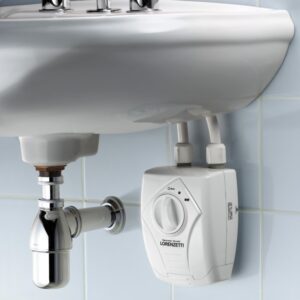
Considerations:
- Installation Complexity: More complex installation compared to tankless heaters.
- Cost: Higher initial cost due to the pump and return line.
Installation Process:
- Select a Recirculating System: Choose a system compatible with your existing water heater.
- Install the Pump: Place the pump under the sink and connect it to the hot water line.
- Run the Return Line: Install a return line from the pump back to the water heater. This may require drilling and additional plumbing.
- Install a Sensor Valve: Place a sensor valve at the sink to control water flow and ensure hot water circulation.
- Power the Pump: Connect the pump to an electrical outlet and test the system for proper operation.
3. Under-Sink Mini Tank Water Heater
Description: Mini tank water heaters are small tanks (typically 2-7 gallons) that store hot water directly under the sink.
Advantages:
- Immediate Hot Water: Provides a small reserve of hot water instantly.
- Simple Installation: Easier to install than recirculating systems.
- Compact Size: Fits under most sinks.
Considerations:
- Limited Capacity: Provides a finite amount of hot water before needing to refill and reheat.
- Energy Use: Uses energy to keep the stored water hot.
Installation Process:
- Choose the Right Size: Select a mini tank water heater based on your usage needs.
- Mount the Unit: Install the heater under the sink using the provided brackets or place it on a stable surface.
- Connect Water Lines: Attach the cold water supply line to the inlet and the hot water line to the outlet.
- Fill the Tank: Open the water supply and allow the tank to fill.
- Power Up: Plug the unit into an electrical outlet and adjust the thermostat to the desired temperature.
Cost Considerations
Initial Costs:
- Point-of-Use Tankless Water Heater: $200-$500 depending on the brand and capacity.
- Hot Water Recirculating System: $200-$600, including the pump and additional plumbing.
- Mini Tank Water Heater: $150-$300 depending on the size and brand.
Operating Costs:
- Tankless Water Heaters: Generally lower due to on-demand heating.
- Recirculating Systems: Slightly higher due to continuous operation of the pump.
- Mini Tank Heaters: Moderate, as they maintain a small reserve of hot water.
Maintenance Tips
- Regular Inspections: Periodically check for leaks, corrosion, and wear in the system.
- Descaling: For tankless water heaters, descaling is important to prevent mineral buildup. This should be done every 6-12 months depending on water hardness.
- Flushing the System: Mini tank water heaters should be flushed periodically to remove sediment buildup.
- Pump Maintenance: For recirculating systems, ensure the pump and valves are functioning correctly and replace any worn components.
Environmental and Efficiency Considerations
Energy Efficiency: Tankless water heaters are the most energy-efficient option, as they only heat water on demand. Recirculating systems save water but can use more energy if the pump runs continuously. Mini tank heaters are less efficient as they maintain a constant supply of hot water.
Water Conservation: Recirculating systems and mini tank heaters reduce water waste by providing hot water immediately, eliminating the need to run the tap while waiting for hot water.
Choosing the Right Option:
- For High Demand: Tankless water heaters are ideal for households with high hot water demand.
- For Retrofits: Recirculating systems are suitable for retrofitting existing plumbing with minimal disruption.
- For Low Demand: Mini tank heaters are perfect for areas with lower hot water needs, such as guest bathrooms or small kitchens.
Conclusion
Installing an instant hot water system under your sink can greatly enhance your convenience and reduce water waste. Whether you choose a point-of-use tankless water heater, a hot water recirculating system, or a mini tank water heater, each method has its own benefits and considerations. By understanding the installation process, costs, and maintenance requirements, you can make an informed decision that best suits your needs and ensures a continuous supply of hot water right where you need it.
Read Also.Bathroom Sink Stopper Stuck
